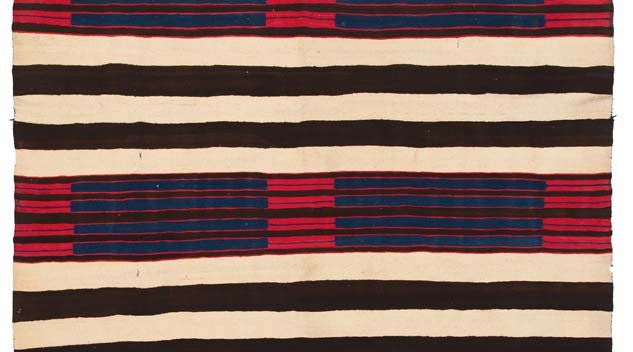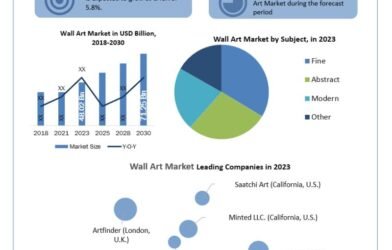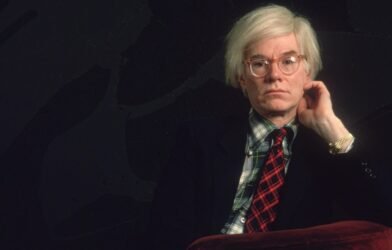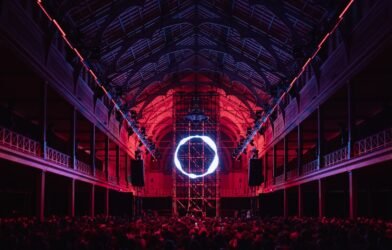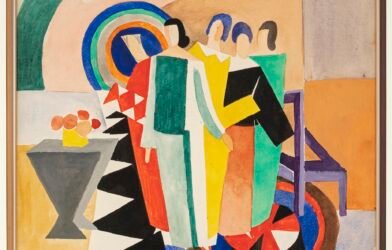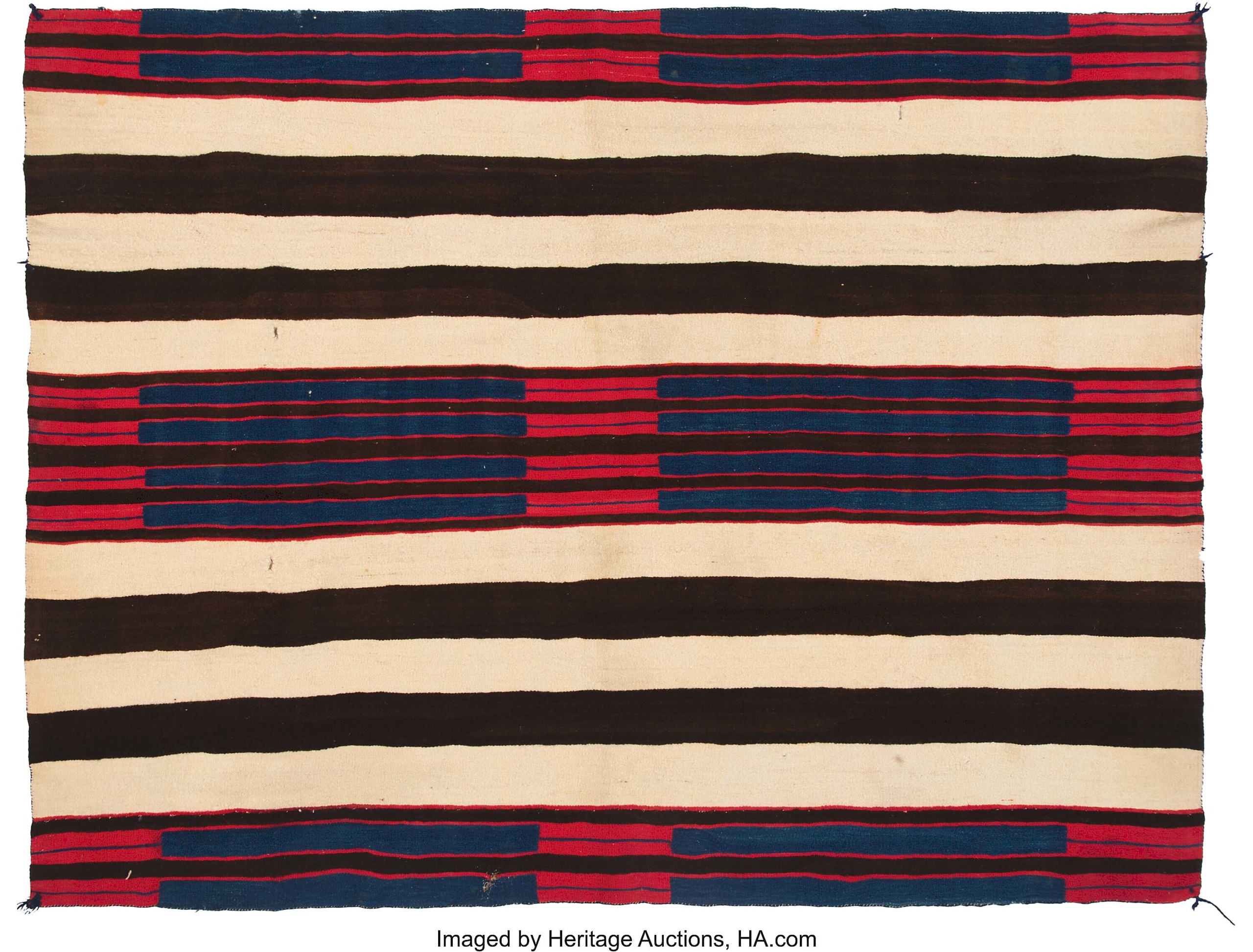
Leading the sale was this Navajo man’s wearing blanket, in the second phase chief’s pattern, which realized $87,500. The circa third-quarter Nineteenth Century blanket, measuring 69½ by 52 inches, was made from native handspun wool and was dyed with indigo and cochineal ($80/100,000).
Review by Kiersten Busch
DALLAS — Heritage Auctions conducted its Ethnographic Arts: American Indian, Pre-Columbian and Tribal Signature Auction on June 4, offering 320 lots of artwork, sculpture, masks, clothing and other items from various cultures and tribes from around the world. The auction realized $1,156,449 in total.
A late classic Navajo man’s wearing blanket in the second phase chief’s pattern earned the top spot of the auction, selling for $87,500. It was made of native handspun wool and dyed with indigo and cochineal. A dye test, indicating that the red dye is cochineal, was included with the lot. The blanket was collected by the current owner’s great uncle, a Southwest miner named Robert Stewart Davis (1977-1923). A similar woman’s wearing blanket, from circa 1870, realized $15,625. It was made of native handspun wool and was dyed with indigo and other natural dyes.
Three masks, two from Peru and one from Mexico, were bid into the top five best-selling lots of the day. A Teotihuacan mask from Mexico, dated circa 450-650 CE, crossed the block for $21,250, just over its high estimate. It was made from mottled and variegated stone, mostly in shades of brown, with some areas of veining blue-green throughout. The auction catalog described the face as “boldly carved” and “youthful” with “thick parted lips” and “long oval eyes.” It had provenance to a private collection in Santa Fe, N.M., which acquired the mask in 2009 from the estate of Thias Freda Bullard of Austin, Texas. Bullard’s father, Dr Fred M. Bullard, was a professor of geology at the University of Texas, Austin, and acquired the mask while researching the Paicutin volcano in Mexico in the 1940s. Dr Bullard was one of the most respected volcanologists in the world, with many publications to his name.
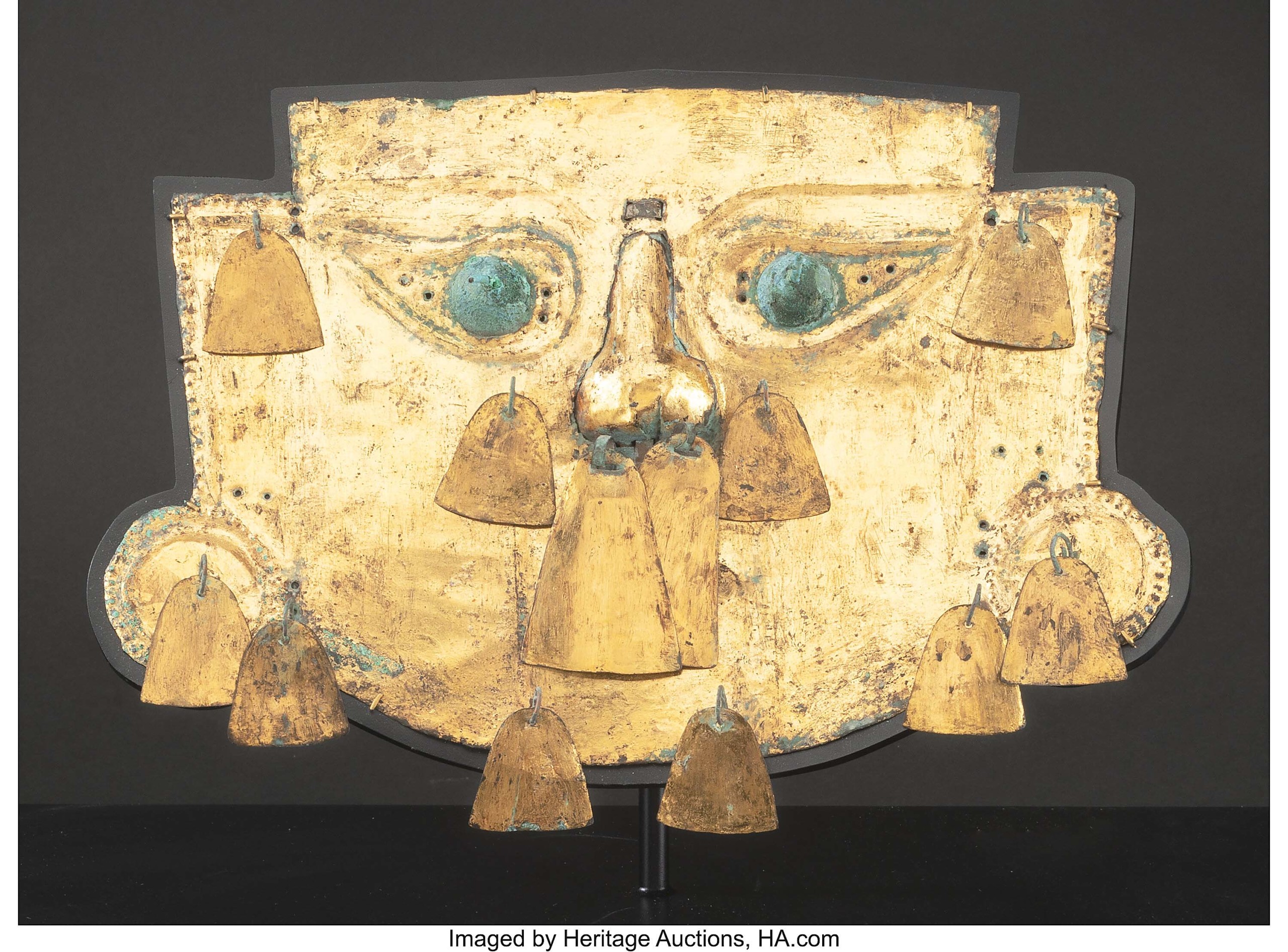
From the Lambayeque culture located on the north coast of Peru came this gold mask from circa 700-900 CE, which realized $20,000. It was made from sheet gold alloy with a high gold content and measured 12 inches wide ($15/25,000).
The other two were a gold masks from the Lambayeque culture, located on the north coast of Peru, which both sold for $20,000. The first dated to circa 700-900 CE, and was made of sheet gold alloy, with repoussé and embossing throughout. It featured spade-shaped dangles on the top of its ears, on its earrings, the lower jawline, cheeks and over the mouth. The mask was professionally mounted and enclosed in an acrylic box. The second was a Sican gold mask, dating to circa 750-1375 CE. It was made from repousse sheet gold and had original red cinnabar pigment on its facial areas and crown. The mask also featured a sheet silver nose ornament with two gold dangles and earrings with zoomorphic figures hanging from them. It had provenance to the A.J. Grant collection in New York City, where it was acquired in the 1950s-1960s, then a private collection from Spain from the 1970s to 2015, followed by a private collection in San Francisco.
The second-highest selling lot in the sale was a Mezcala figure from Guerrero, Mexico, which the auction catalog listed as “a masterpiece of its type.” The figure was carved from a speckled greenish brown stone with a high polish. It was classified as a classic M-14 type figure, which was characterized by its openwork arms, massive head with a round crown, pointed chin and grooves which indicated a mouth, ears and a nose. The figure, which dated to circa 300-100 BCE, had provenance to the Harry A. Franklin Gallery in Beverly Hills, Calif., and came with an original certificate of authenticity from the gallery signed by Franklin and dated December 17, 1973. It crossed the block for $32,500, exceeding its estimate.
Prices quoted include the buyer’s premium as reported by the auction house. For information, 214-528-3500 or www.ha.com.

